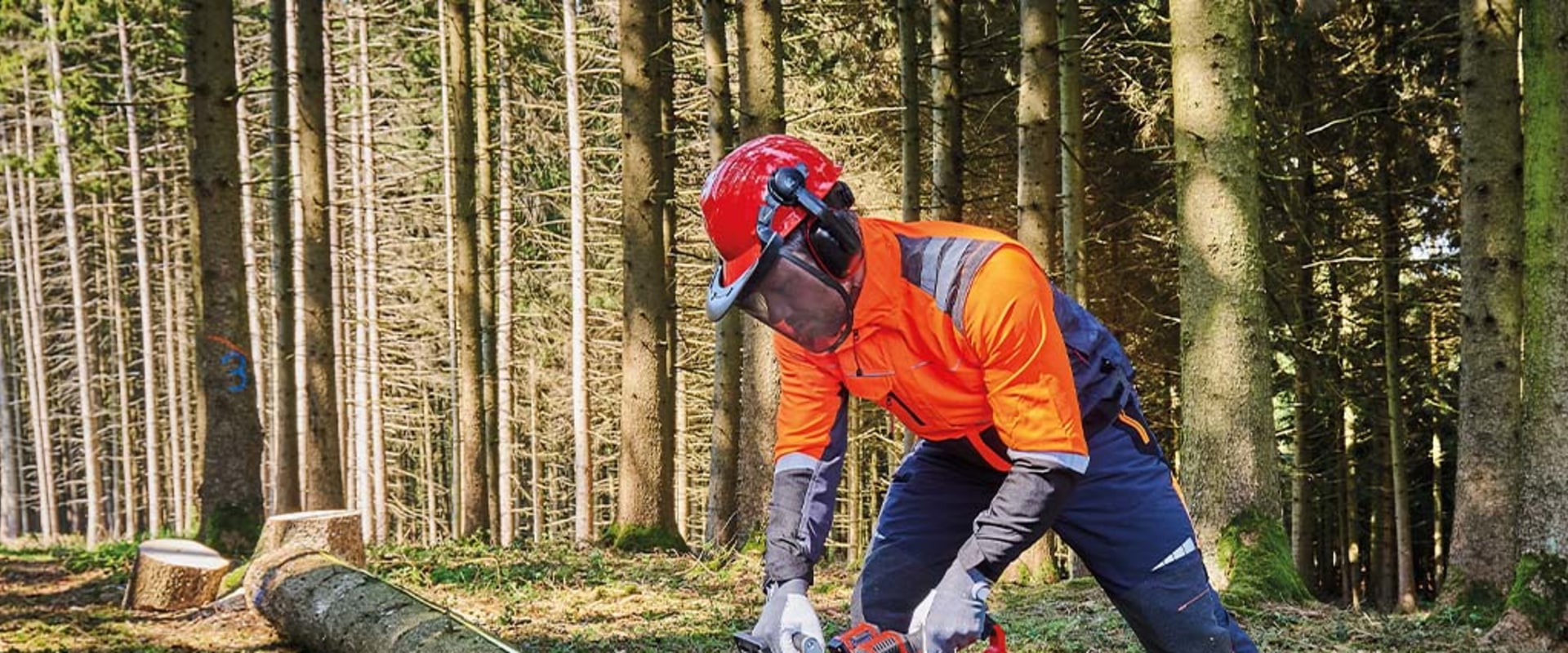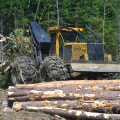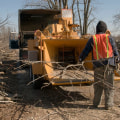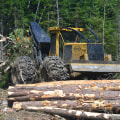Chainsaws are essential tools for forestry work, enabling professionals and homeowners alike to cut through trees efficiently and manage woodlands effectively. However, maintaining and sharpening chainsaws is crucial to ensuring they function safely and perform at their best. A well-maintained chainsaw not only extends the lifespan of the equipment but also increases cutting precision and reduces the risk of accidents. Understanding the proper methods for sharpening chains and maintaining engine components allows forestry workers to keep their equipment in top condition, making forestry tasks easier and more efficient.
The Importance of Regular Maintenance
Chainsaws endure significant wear and tear due to constant exposure to dirt, sawdust, and heavy-duty cutting tasks. Without proper maintenance, their performance declines, leading to inefficient cutting and potential hazards. Regular maintenance includes checking for loose bolts, lubricating the chain, and cleaning out the air filter. The engine also requires routine care, with oil changes and spark plug inspections playing a key role in maintaining efficiency. Keeping these components in check ensures that the chainsaw operates smoothly, reducing the likelihood of breakdowns while in use.
Sharpening the Chain for Optimal Performance
A dull chainsaw chain not only slows down cutting efficiency but also increases the risk of accidents due to uneven or erratic cutting. Sharpening a chainsaw involves using a round file or a specialized sharpening tool to restore the edges of each tooth on the chain. The correct sharpening angle and file size depend on the chain type, so it's essential to follow manufacturer recommendations. Forestry professionals often use sharpening guides to ensure consistency across all teeth, maintaining balance and ensuring clean, precise cuts. Keeping the chain sharp reduces strain on the motor, prevents excessive fuel consumption, and makes the cutting process safer and more manageable.
Checking Chain Tension and Lubrication
Another crucial aspect of chainsaw maintenance is ensuring the chain tension is properly adjusted. A chain that is too loose may slip off the guide bar, while an overly tight chain creates unnecessary friction, leading to overheating and premature wear. Checking the tension before each use prevents these issues and extends the lifespan of both the chain and the guide bar. In addition to proper tension, lubrication is key to reducing friction and preventing excessive wear. Chainsaws are equipped with oil reservoirs that continuously lubricate the chain during operation, but users must ensure the oil levels are sufficient. Running a chainsaw without adequate lubrication can lead to increased heat buildup and damage to both the chain and the engine.
Maintaining the Guide Bar and Sprockets
The guide bar is an essential component of a chainsaw, responsible for guiding the chain through the wood. Over time, the bar may develop uneven wear, leading to inefficient cutting. Regularly inspecting the guide bar for signs of damage, such as excessive wear on one side, helps maintain proper cutting performance. Rotating the guide bar periodically distributes wear more evenly, extending its lifespan. Additionally, the sprockets that drive the chain must be kept in good condition, as worn sprockets can cause the chain to slip or wear unevenly. Replacing sprockets when they show signs of wear ensures that the chainsaw remains reliable and performs optimally.
Safety Precautions When Sharpening and Maintaining Chainsaws
Working with chainsaws presents inherent risks, making safety precautions essential when performing maintenance or sharpening tasks. Before working on a chainsaw, it is crucial to disconnect the spark plug to prevent accidental starts. Wearing protective gloves and eye protection helps prevent injuries from metal filings or sharp chain edges. A stable work surface ensures better control during sharpening, allowing for even, precise filing. In addition, following the manufacturer’s guidelines for sharpening angles and depth gauges maintains the chain’s performance while minimizing the risk of kickback.
Professional Assistance for Chainsaw Maintenance
For individuals who use chainsaws regularly but may not have the time or expertise to perform detailed maintenance, seeking professional servicing is a wise option. Many forestry equipment suppliers and repair shops offer chainsaw sharpening and maintenance services to ensure tools remain in excellent condition. Professionals have the right equipment to inspect and repair components beyond routine user maintenance, helping to identify potential issues before they become major problems. Some homeowners who use chainsaws occasionally for yard maintenance might also seek lawncare services that include tree trimming and debris removal, reducing the need for frequent chainsaw use. Regardless of the level of expertise, keeping a chainsaw well-maintained is essential for efficient and safe operation.
Ensuring Longevity and Efficiency Through Proper Care
Maintaining and sharpening chainsaws is an ongoing responsibility that directly impacts performance, safety, and longevity. Routine maintenance, including cleaning, lubrication, and chain sharpening, ensures that chainsaws remain reliable and efficient in forestry work. Proper care of the engine, guide bar, and chain prevents premature wear and costly repairs, ultimately improving productivity in the field. Whether used for professional logging, land clearing, or personal woodcutting tasks, a well-maintained chainsaw is an invaluable tool that enhances efficiency and reduces risks. By following proper maintenance procedures, forestry workers and homeowners alike can ensure their chainsaws remain in top condition for years to come.







